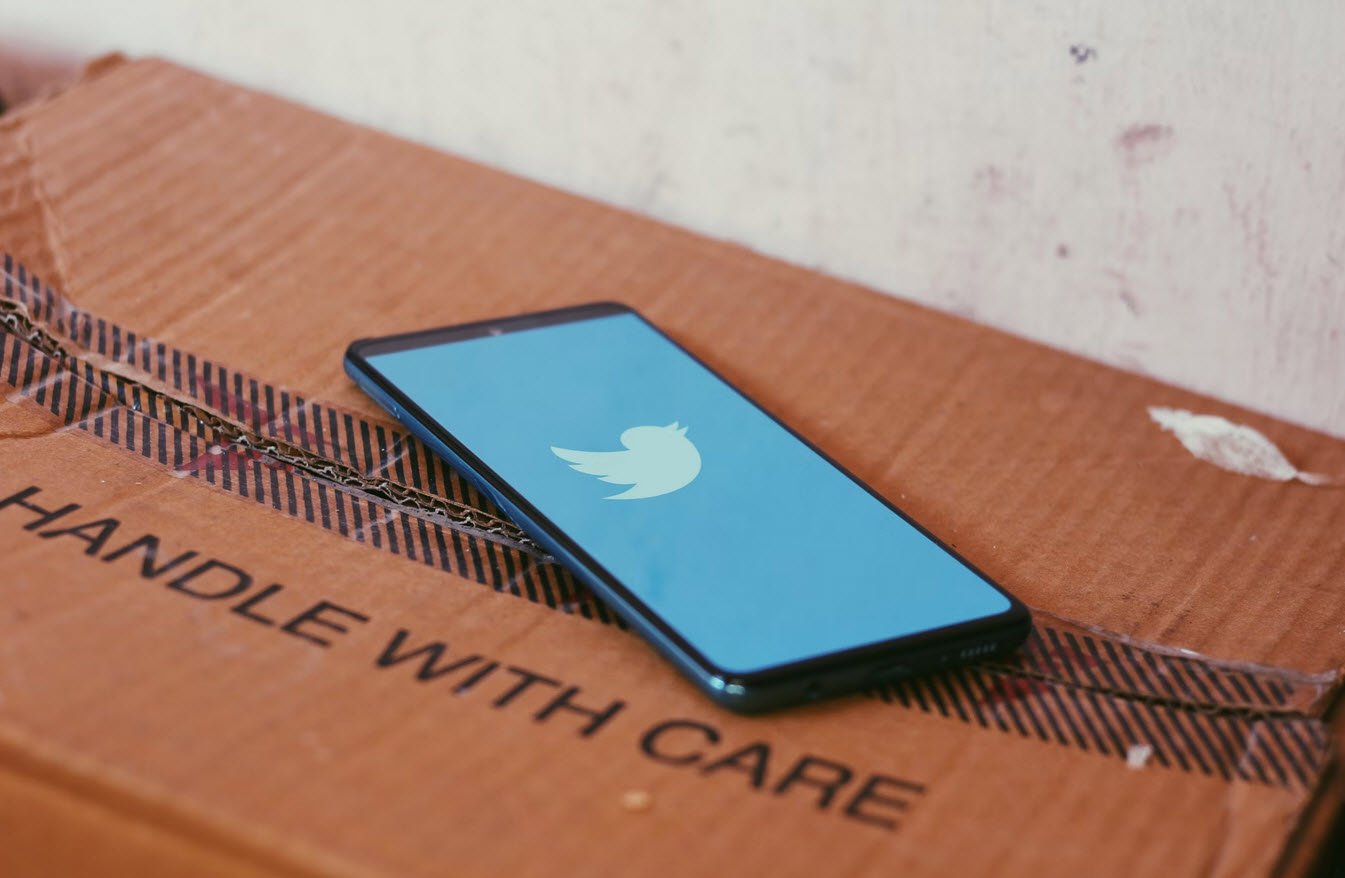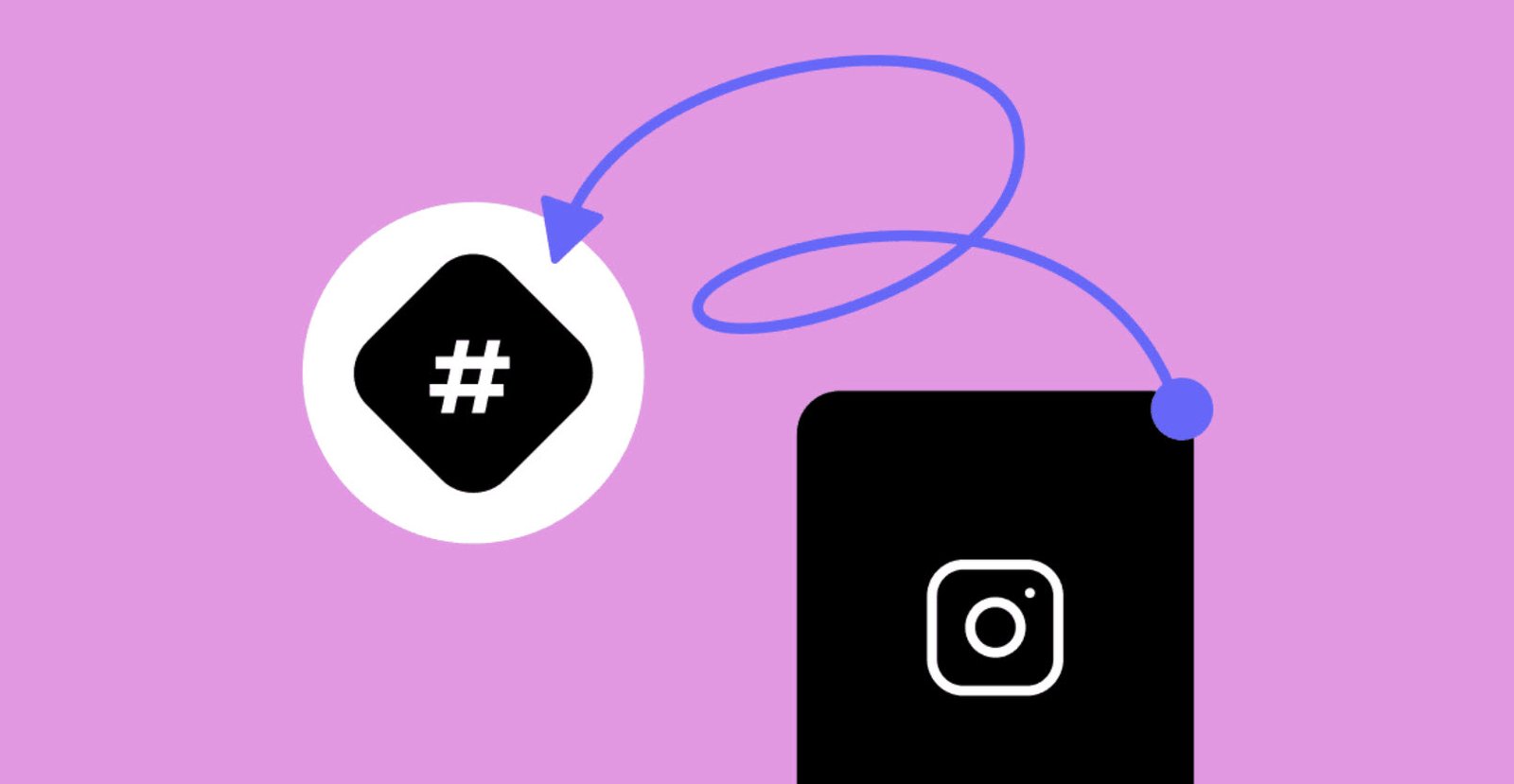
Social media has become an integral part of our daily lives, shaping the way we connect, share information, and engage with the world. Navigating the ever-evolving landscape of social media platforms can be challenging, but with the right strategies, you can harness their power effectively.
In this guide, we’ll provide you with 200 tips to guide you in the proper use of various social media sites, ensuring a meaningful and impactful online presence.
- Choose a social media site that is popular in your area. (Popular Social Media Sites are Facebook, Twitter, Instagram)
- Consider using multiple social media sites.
- Make a draft plan of the contents first.
- Come up with an editorial calendar.
- Know your target market niche.
- Check for a possibly existing account with a similar name.
- Try using checkusernames[dot]com to create a unique moniker.
- Know how to lure in the people in your target market niche.
- Ready high quality graphics and Photoshop edited photos. (You can use CANVA editor for editing the photos)
- Ready high quality short articles, comments, posts.
- Make sure that you have the resources to regularly maintain a social media account.
- Check to see if having a social media account will really be of help to your company or if it will just be a liability.
- Know the dangers and risks of having a social media account and see if it is worth it.
- Keep your pages looking beautiful and/or professional.
- Sport a page design that corresponds to the nature of your company.
- Regularly post new comments and news.
- Always respond to questions if possible. Avoid ignoring your subscribers.
- Do not always use just words. You can use multimedia once in a while.
- Try sporting several design schemes from time to time.
- Just a logo is not enough. Try uploading more photos related to your company.
- Always upload photos of recent events that involved your company.
- Do poll questions once in a while. Keep it exciting.
- Post updates about new promos that your company offers.
- Use only high quality media content. Do not settle for mediocre quality.
- Instead of uploading videos to the actual social media account, considering using links instead.
- Choose multimedia designs that suit your targeted market niche.
- Always check for possible mistakes before uploading so as to maintain credibility.
- Know the upload limitations of your social media of choice.
- Remove oldest multimedia uploads to free up your upload limit.
- Know which uploads should never be removed to matter what.
- HD quality is good but do not always use it.
- The dimension of photographs does not always have to be big in order to be high quality.
- Decide on a language to use.
- Consider duplicate pages that are translated to other languages.
- Use appropriate tone and language that suits your targeted market niche.
- Be precise and brief in your message.
- Always double check spelling and grammar before posting.
- Decide on the appropriate comment sharing settings of your YouTube account.
- Decide on whether to use the ‘Like’ and ‘Dislike’ button or not.
- Learn how to use related tags.
- Check comments regularly.
- Use the ‘delete comment’ option sparingly.
- Using courteous and well-informed replies instead of deleting.
- Customize your page and use your logo for better credibility.
- Upload only high quality videos.
- Screen videos for possibly offensive elements.
- Take time to learn the policies of YouTube.
- Update users about increase in subscribers.
- Advertise your social media account.
- Always include your social media URL to your other forms of advertisement.
- Learn to use SEO techniques.
- Contribute SEO articles to websites like ezinearticles[dot]com.
- Use a URL name that corresponds to the main keyword which best describes your service/product offering or your company.
- Get affiliated with other groups which are related to your market niche.
- Use follow buttons
- Use share/link buttons.
- Make use of the old school method called email marketing.
- Propose a guest post on established and influential blogs – the big names ideally.
- Your subscription buttons should be done via RSS.
- Make sure the account holder you hire knows your ideals and standards.
- Have someone check the site throughout the day and night.
- Set limits on how much they can change.
- Authorize different actions to different people if necessary.
- You can hire people to do the graphics.
- You can hire people to do the videos.
- You can hire people to do the short articles.
- Check for possibly derogatory messages all the time.
- Avoid the domino effect of negative comments.
- Do not leave a serious question hanging unanswered for too long.
- Maintain a professional tone when replying to possibly derogative comments.
- Know which messages should be left unanswered. You do not need to respond to every question.
- Open a group account, not a personal account.
- Get your first 25-30 likes.
- Consider getting a paid advertisement service from Facebook.
- Post things that your subscribers will feel like sharing.
- Like pages or groups which are in some way connected to your market niche.
- Like pages or groups which are frequented by your target customers.
- Get help from people you know who also have Facebook accounts.
- Include a photo album which shows the faces of your company staffs.
- Keep the photo albums organized according to event and date.
- Advertise your Facebook account on your other social media account.
- Use only one account.
- Use several accounts only if your company has varied sectors.
- Use your Facebook account to connect with people you meet on business trips and meetings.
- Your Facebook posts should be in harmony with your Twitter posts, if you have both.
- Update users about increase in subscribers.
- Edit the URL name and use a main keyword which best describes your company.
- Regularly post news and events.
- Follow groups, organizations, companies, and/or people which you believe are connected to your company in some way.
- Avoid posting Tweets on other’s profile.
- Avoid using your company Twitter account for personal business.
- Avoid conveying personal feelings and thoughts via your company Twitter account.
- Advertise your Twitter account on your other Social media account.
- Hashtags are not very effective.
- Do not follow more people than the number of people following you.
- Use geo-location to find local target niche.
- Focus more on your advocates than your influencers.
- Your Tweets should be in harmony with your Facebook posts, if you have both.
- Update users about increase in followers.
- Be transparent while exercising caution.
- Only withhold the physical address or office address of the company itself.
- Only withhold the company contact number, email, fax, etc.
- Avoid heated conversation.
- Keep a record of possibly threatening comments from users.
- Never use a password that is easy to guess.
- Never withhold the email address that is used to register the social media account.
- Use a registration email that is different from the company email.
- Never leave the account unattended in any computer.
- Do not forget to uncheck the ‘Keep Me logged’ in button.
- Avoid logging in to public computers.
- If you must login using a public computer or a public network, try using the onscreen QWERTY board when keying in the username and password.
- Change the password if you believe it has been compromised.
- Remove arguments between users.
- Set a rules and conditions page.
- Avoid ‘liking’, ‘following’ or getting linked in any way to celebrities.
- Avoid ‘liking’, ‘following’ or getting linked in any way to politicians.
- Avoid voicing opinions on controversial matters.
- Avoid using your company’s social media account to post comments that convey your personal feelings and thoughts.
- Avoid uploading contents that are not related to your market, unless it is part of your marketing strategy.
- Avoid media contents which are potentially offensive to any group or people.
- Avoid jokes, unless they are completely inoffensive.
- If your company has an official webpage, make sure to mention your social media account in your official webpage.
- Do forget to use your company logo in your social media account.
- Post photos of company events – the kinds which the public could not possibly have had access to.
- Make sure your social media announcements correspond to the announcements your official webpage.
- Be careful about making statements about current events. Avoid it if possible.
- Always give your subscribers the feeling that the company is moving forward.
- Always give your subscribers the feeling that your company’s social media account page is active and kicking.
- When mistakes happen, step up and own the mistake.
- Act like a leader, without being cocky.
- Always post media exposure of your company.
- Analyze how many of your customers came to you through your social media account.
- Blog regularly for better traffic.
- Imagine that social media is like a story that you tell, and the characters in the story are your customers.
- Do not always just talk about your company. Talk about the people that subscribe to you.
- Use polls so you learn more about your customers.
- Try other smaller scale social media sites for localized marketing.
- Offer a mobile check-in feature if it is compatible with your business.
- Always stay updated about current events.
- Check the latest news in your field of business.
- Regularly check yahoo news.
- Regularly read magazines that are related to your field.
- Hire researchers if possible.
- Think out of the box and come up with something unique.
- If you need to recycle content, make sure it is redone from the bottom up.
- Ask your customers and subscribers what they want to see next.
- Ask your affiliates what they want you to do next.
- Check your previous contents and check out what might be missing.
- Come up with a good title.
- Always use a catchy headline.
- Use the inverted triangle method of writing.
- Use PowerPoint presentations.
- Use images.
- Use video clips.
- Use voice clips.
- Combine all of the above.
- Use lists and bullet points.
- Use uppercase letters on important words.
- Use double quotations as necessary.
- Use underlines as necessary.
- Use highlighting if your social media blog allows this feature.
- Know the proper use of the opening word “ATTENTION!”
- An occasional humor is okay.
- Subscribe to newsletters of affiliates.
- Subscribe to newsletters of similar groups
- Subscribe to newsletters of competitors.
- Write about success stories of your customers.
- Post how-to guides for your subscribers.
- Include guides about things to avoid.
- Post interviews with a successful client
- Avoid recycling previous messages.
- Avoid recycling multimedia elements.
- Send out important newsletters to subscribers.
- Always use courteous greetings, daily if possible.
- Make sure your subscribers feel that they are always up-to-date.
- Talk about latest trends which you know your subscribers will like and love to hear about.
- Check the social media site of your competitor.
- Check the official homepage of your competitor.
- Subscribe to the newsletter of your competitor.
- Avoid making negative statements about your competitor.
- If your competitor posts anything against you, avoid getting lured into the trap answering back.
- Avoid having things that are mockingly similar to that of your competitor.
- Always be a step ahead.
- Check the number of hits your competitor’s have.
- Some social media only needs to be checked once a day.
- Check your database for currently existing multimedia content.
- Supply currently existing graphics to hired multimedia artists.
- Hire freelancers to do tasks.
- Freelancers from Asian countries are usually cheaper to hire.
- Use safe payment methods.
- Check if there is someone among your employees who can do the task.
- Check if financing your social media site is getting returns.
- Tell the designer to use a page design that works well on smartphones.
- Avoid using scripts and content that might run only on the latest software.
- Avoid making a page that might upload too slowly.
- Keep things looking neat.
- Keep the information organized.
- Use tabs (if possible) or divisions for different topics.
- Avoid high-falutin words.
- Make your page easy to find.
- Top 5 Social Media Tips You Should Know About
- Top 20 Social Media Management Prompts
- Robert Kiyosaki’s Economic Forecast – A Depression and No Soft Landing
- MrBeast Embraces X – A New Era of Content Creation
- Surprise Move: X, Formerly Twitter, Plans to Make DMs Public?
- Don’t Waste Time on UPSC – PM Economic Advisor Sanjeev Sanyal
- Breaking News: Telegram Banned in Spain
- 20 Most Popular Niche Hashtags for Boosting Your Social Media Presence
- What to Consider When Making a YouTube Video
- Advantages of Creating Your Own YouTube Videos









This Post Has 2 Comments